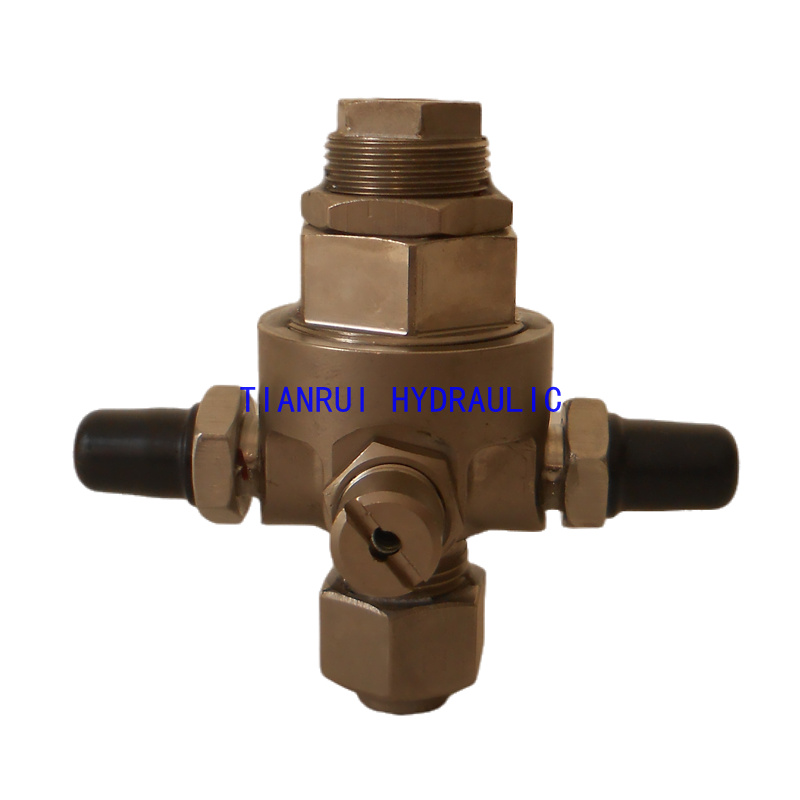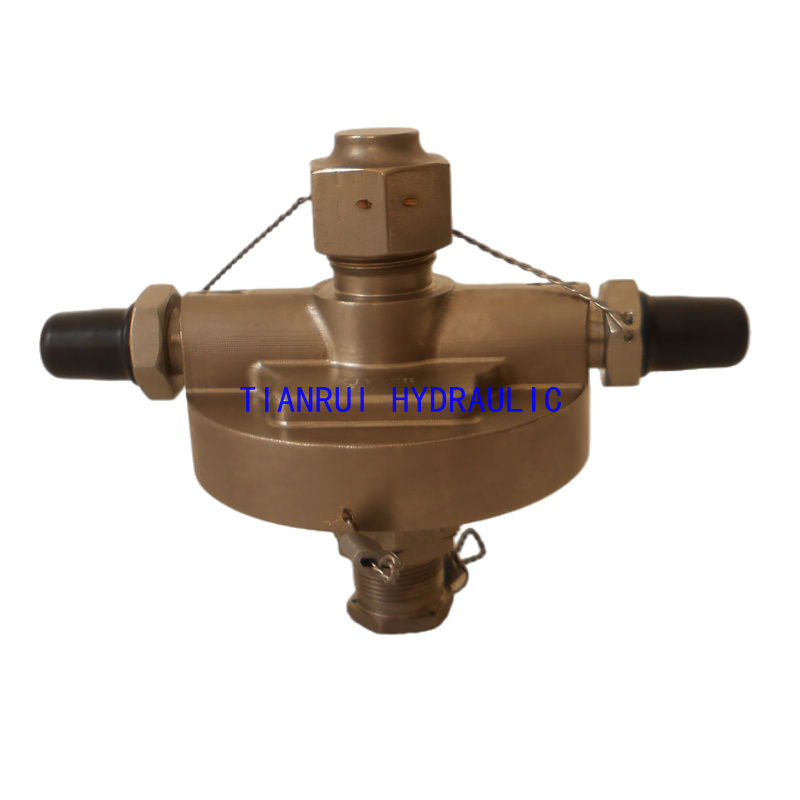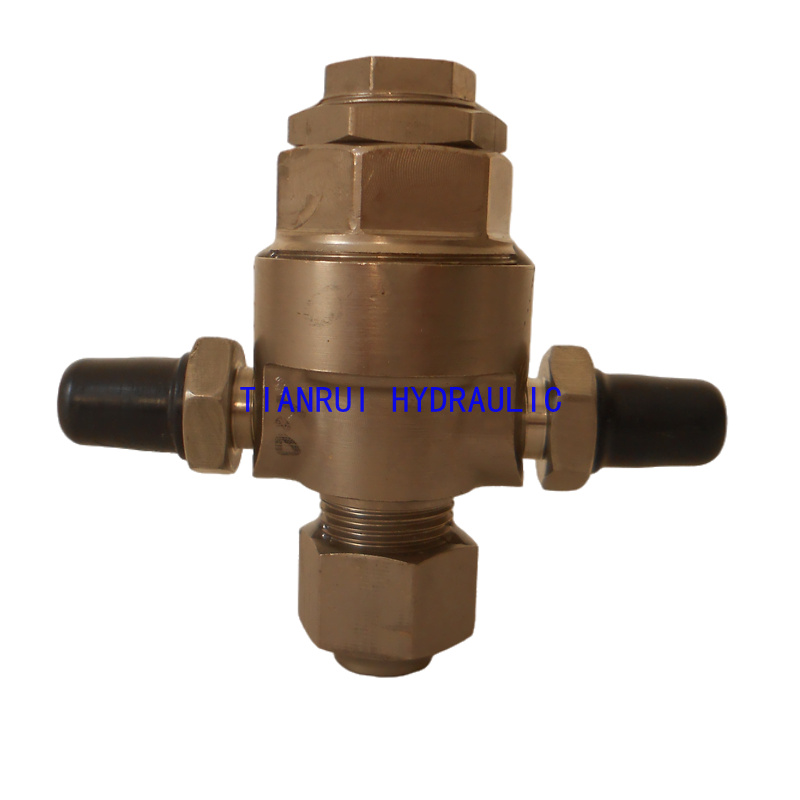description
A pressure reducing valve is a valve that reduces the inlet pressure to a desired outlet pressure by adjusting it, and relies on the energy of the medium itself to automatically maintain a stable outlet pressure. From the perspective of fluid mechanics, a pressure reducing valve is a throttling element that can change local resistance, that is, by changing the throttling area, the flow rate and kinetic energy of the fluid are changed, resulting in different pressure losses, thereby achieving the purpose of pressure reduction. Then, relying on the adjustment of the control and adjustment system, the fluctuation of the valve pressure is balanced with the spring force, so that the valve pressure remains constant within a certain error range.
Technical Parameter
| Model | Inlet Pressure | Outlet pressure | Safety valve opening pressure | Thread Sizes |
| KJY-2 | 0.196~1MPa | 39.5±5KPa | 2-M14X1 | |
| KJY-4 | 0.4±0.03MPa | 69±10KPa | 2-M14X1 | |
| KJY-4B | 0.15~1MPa | 88+20 -10KPa | 2-M14X1 | |
| KJY-5 | 4.9±0.2MPa | 176~250KPa | 2-M12X1 | |
| KJY-5A | 0.78~1MPa | 185~250KPa | 2-M12X1 | |
| KJY-6A | 3~5.6MPa | 320~400KPa | 2-M12X1 | |
| KJY-8A | 6.35~14.8MPa | 4.9+0.7 - 0.3MPa | 5.9+1.45 - 0.2MPa | 2-M12X1 |
| KJY-30 | 6.35~14.8MPa | 0.49~0.98MPa | 1.08~1.48MPa | 2-M12X1 |
| KJY-8AG088 | 6.35~14.8MPa | 0.8~0.9MPa | 1.2~1.4MPa | 2-M12X1 |
Product Images

















